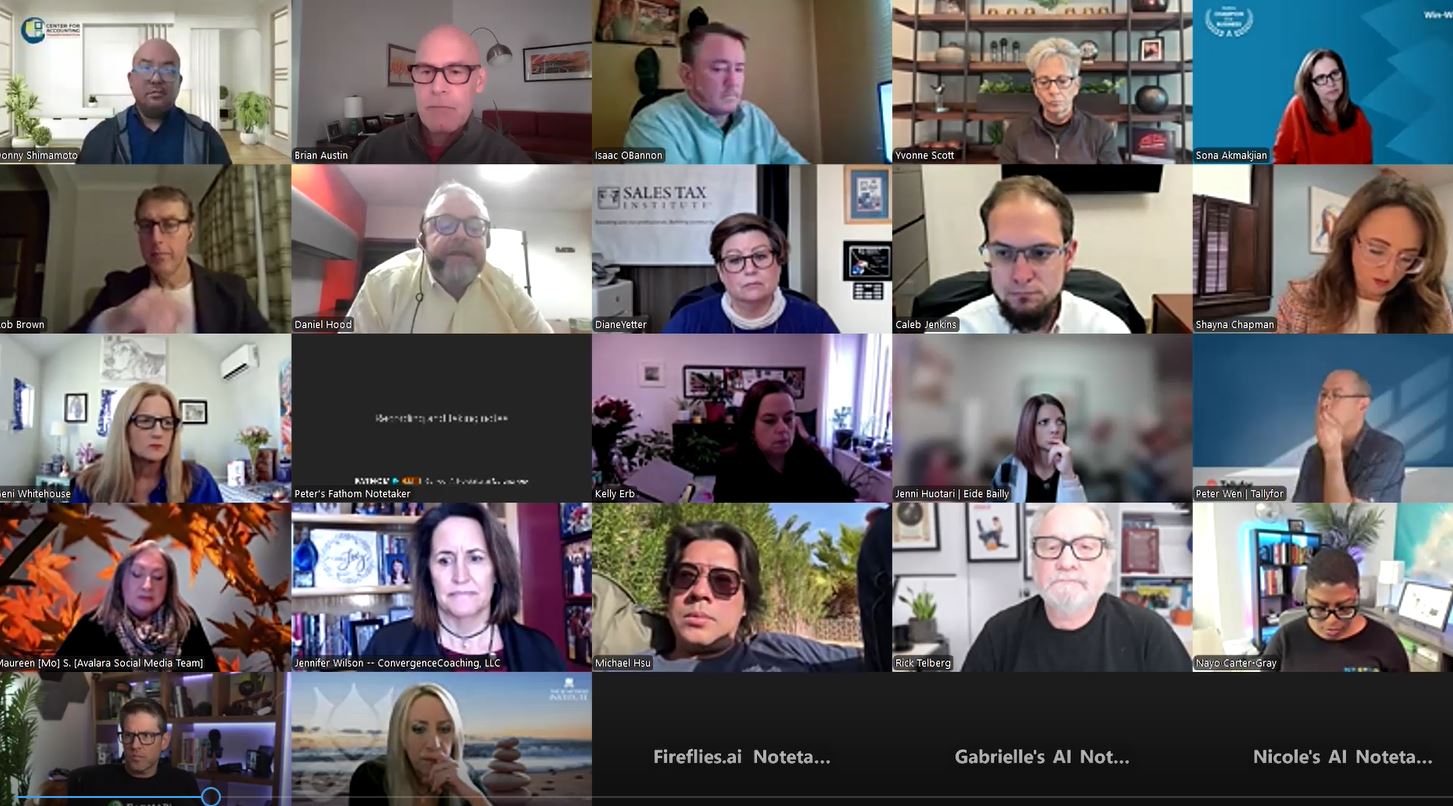Anyone who has managed a team has most likely stumbled across a challenging employee. Identifying the challenging behavior is easy; finding ways to change the behavior and motivate the team member so they exhibit superstar qualities is the true challenge. Why are they so difficult? Why do they continue the unpleasant behavior, even when they are told that it needs to change? “Because it is working of them!” This is behavior that has worked for them before, and allows them to get what they want. In order to get the performance YOU want from the person, you must change the cycle that they have developed.
Many of you may be thinking about names of past or current employees that you have worked with who fit the definitions above. You may also be thinking about the excuses that were given for retaining these under achieving people. Excuses like:
- But he/she is one of my top performers
- It’s not worth the conflict
- Maybe they will change
- His/her skills are worth the headache because of the expertise they have
When a leader in the firm coddles, ignores or spend many hours trying to change the behavior of a challenging employee, what are they telling their star employees? The actions that are being taken – or not taking – are sending the message that more care will be given to the under achievers than your best employees. Morale, productivity, retention, self-esteem and profitability will all decrease, and your firm will certainly suffer.
The bottom line is that almost every leader in every firm knows that the result of not dealing with a underperforming employee is not good for them, however they also do not know how to change the cycle that has been allowed to happen. Identifying an assertive process that can be implemented is imperative for positive progress.
The following 8 questions will give the leader a performance correction roadmap for improving a challenging employee’s behavior, and help build confidence before the conversation takes place. As you think through each question, it is important that you write your responses and practice saying them out loud, possibly to a peer who can give you feedback. The key is to be fully prepared as you begin the process of changing the cycle of bad behavior.
Step 1 – What is the real issue? While this may sound simple, the deeper you look at the real problem you will often find that the problem is not as simple and straightforward as it seems in the beginning. As you write out the problem, think about how it is affecting the firm, the persons peers , the partners, the clients and ultimately the ability for the employee to grow in their position at the firm. Take the time to really identify all issues that need to be discussed.
Step 2 – What is the goal of the conversation you will be having? As you talk with your employee, is the goal to change the overall behavior, engage in a conversation with the employee to gather more information, or is it to give the employee a warning that if the behavior does not change he/she will be dismissed. Identifying your overall goal will help you structure your comment appropriately.
Step 3 – What is the date, time and place that you will have the conversation? Adding the appointment t the calendar will draw the line in the sand that will show the employee and yourself that you are making a commitment to have the conversation. Make sure you schedule an adequate amount of time and schedule it in a space where you will both be comfortable. A conference room where you can sit next to the employee is a positive step. Your office sometimes feels like you are not trying to have a two way conversation, it feels like you are “telling” them and not “engaging” with them.
Step 4 – Who is your support team in this conversation? Having a tough conversation like this is not a single person project. Supervisors, mentors, human resources and firm administration can potentially all be on your team as you gather information, seek professional help and practice what you will be saying. Keeping the conversation confidential is your ultimate goal, but insuring you have all of the information that you need to insure a legally and ethical outcome is also necessary.
Step 5 – What are the facts? As you seek help from your support team, insure you have all of the facts you need, as well as specific examples from your support team. The most powerful knowledge you have are real life examples that will help the employee see how their behavior is working against them.
Step 6 – What are the steps that the employee must achieve in order to reach the desired outcome? Write out the steps – in your opinion – that the employee must take to change their behavior. This is not the final plan, but it will be the conversation started for your meeting. Once you have opened the conversation with the employee, and you talk about steps that they can take to improve, then seek their assistance in editing the steps with their suggestions for improvement. Adding ideas from the employee will always make the outcome more successful since they will be “invested” in the plan.
Step 7 – What tools can you provide to help the employee achieve the desired outcome? With the plan in place, identify some tools that might help the employee stay on track and motivated. This can be task lists, performance plans, weekly meetings, mentoring, coaching, peer group meetings or in extreme cases an outside professional councilor. These tools will help the employee and you stay accountable to the plan that you developd.
Step 8 – When is the follow up meeting? Never leave the meeting without a specific, written follow up meeting scheduled.
You are now armed with the information you need to deal with those challenging employees that are in your firm today. The overall situation they are in comes down to 2 possible outcomes that you as the leader can help them achieve; 1) agree to a roadmap to success where they stay with the firm as an active and productive team member or 2) allow them to find new opportunities outside the firm. It all begins with the leaders commitment to have a strategic conversation.
Thanks for reading CPA Practice Advisor!
Subscribe Already registered? Log In
Need more information? Read the FAQs
Tags: Firm Management
![Sandra-WileyGB[1]](https://www.cpapracticeadvisor.com/wp-content/uploads/2022/04/Sandra_WileyGB_1_.61d883bf9b9f0.png)



